Tiny Houses and the Housing Crisis
According to the National Alliance to END HOMELESSNESS, as of January 2022, almost 600,000 people are homeless in the United States.
- 22 percent are chronically homeless individuals (or people with disabilities who have experienced long-term or repeated incidents of homelessness)
- 6 percent are veterans (distinguished due to their service to the country)
- 5 percent are unaccompanied youth under 25 (considered vulnerable due to their age)
Two years after pandemic aid ended, homelessness in cities and states across the U.S. has risen dramatically. “Major cities avoided a tidal wave of homelessness during the pandemic because the federal government offered emergency rental relief, eviction moratoriums, stimulus checks, and other pandemic-era aid. However, with those protections now vanished, financially-challenged Americans face daunting housing prices, with the national median sales price at $441,000 and the median rental costing $2,000 a month as of May.” CBS News (June 21, 2023)
The Colorado Village Collaborative
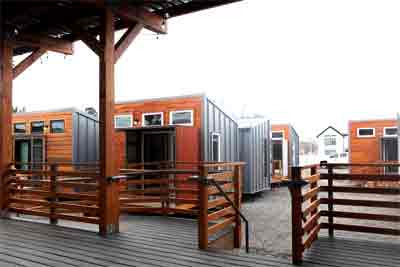
The Colorado Village Collaborative continues to take advantage of changes made to Colorado housing laws by opening a cluster of 14 tiny homes called The Women’s Village @ The Clara Brown Commons.
Even though they have tripled the number of tiny home this year, the total is only 44. This is just a drop in the ocean of low cost housing that will be needed.
Denver changed its zoning laws to allow tiny home villages, but they only get a six month permit and need to reapply for a six month extension. Then they need to move. Seems silly. They are trying to extend the permits to four years. Currently the villages are limited to only eleven units.
These limits were imposed to placate opposition of community residences. These small ‘pilot’ communities are proving their fears of crime, drugs, and lowering property values to be baseless. Proponents and legislatures are picking up the pace, but not fast enough.
Could FEMA Fill the Void?
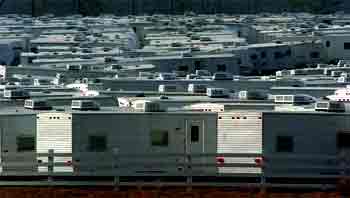
Thousands of FEMA trailers dot the landscape in Purvis, Miss. Photo by Greg Jenson, The (Jackson) Miss Clarion Ledger. Click on image to see source.
FEMA did provide some housing assistance in four states by suspending rent for a few months until Oct. 31, 2020. These trailers were originally made available after weather related disasters in those areas.
But FEMA is a government agency rife with corruption and poor oversight. Remember the 145,000 trailers from Katrina that off-gassed formaldehyde? 45,000 were sold for pennies on the dollar after about eighteen months of use, each one having cost the tax payers about $150K each.
More than two dozen mobile home companies, including Gulf Stream Coach Inc., Forest River Inc., Vanguard LLC and Monaco Coach Corp, were sued in a class action lawsuit.
Regions can apply for FEMA assistance, but nothing has been done except for a small effort in a small area of Puerto Rico.
You can buy a FEMA trailer on eBay for cheap. Just watch out for Katrina trailers.
Could Tiny Homes Provide Reasonably Priced Housing?

To help fill the need of reasonably priced housing, one tiny home crusader designed and built two tiny homes that could provide safe housing for as little as $28K.*
This one is 25′ long, 200 sq./ft. and weighed just 5,500 lbs. It includes a full kitchen, air-conditioner, and is Bildsworth certified: more stringent than the building codes in all 50 states.
It’s one bedroom with kitchen and living area, meant to house one or two people.
The larger model is a 2 bedroom version is 34.5′ long, only 6,300 lbs. sells for $36,500.00*. The wheels and trailer tongue can be easily removed if your municipality requires that.
So, two really good options. But after spending two years of his life and over $100K wading through the bureaucratic red tape, the developer was excluded at the last step. The government decided to continue spending gobs of money on poorly built travel trailers.
What Others are Doing Using Tiny Houses to Alleviate the Housing Crisis
 Operation Tiny Home is building houses and villages for veterans. They have many years of experience that others could copy. See more here. Sign up to receive notice of their upcoming events in your area.
Operation Tiny Home is building houses and villages for veterans. They have many years of experience that others could copy. See more here. Sign up to receive notice of their upcoming events in your area.

Zack Giffin of Tiny House Nation says: “The fact is, housing is just too expensive. The average cost to build affordable housing is completely out of touch with the massive demand in our country. Are we seriously going to tolerate that building $400k apartment units is the best solution we can come up with? Do we really think that concentrating large quantities of low income people in one place is a healthy solution?
Tiny homes are perfectly designed to accommodate the needs of single adults. They can offer a dignified existence at a fraction of the cost of a typical affordable housing unit. They can be built one by one and don’t have to become mega complexes. There are so many reasons that tiny homes and tiny home villages can be an effective approach to housing people, and Operation Tiny Home has spent the past half decade building homes to help cities around the country understand this.
The one thing that Covid-19 will not change, is Operation Tiny Home’s commitment to housing veterans, community heroes and people impacted by natural disasters. However, many of our reliable corporate contributors no longer have a budget for charity. That means for the first time in five years I’m seriously asking my friends to offer small donations and help us out.”
Other Tiny House Projects
The Tiny House Project is “building emergency tiny house shelters for people who are houseless.” They are based in Long Beach, CA. See photo at top of page from their website.
Tiny House Community, People In Need. “It’s our goal to simplify the process by providing helpful and detailed guides, recommended products, and links to other great sites.” Good website, lots of information. Their goal is to help people learn to build their own homes.
Community First Village in Austin, Texas have a 27 acre village with 100 Park Models, and 130 “Micro Homes” housing 200 formerly homeless men and women.
Second Wind Cottages, Hope For The Homeless: “The mission of Second Wind is to house and walk with people toward restored lives. We are a not-for-profit organization that provides homes and hope! ” They were allowed to build only 18 cottages.
Many other local non-profits are doing wonders with few resources all over the U.S. but zoning laws are limiting what is allowed to be done.
How Can You Help Your Community Use Tiny Homes to Create Affordable Housing?
- You do not need to go full bore 501C3 Tiny Home Village to help your community. But you can use your voice to raise awareness with your local elected officials that tiny houses can be a viable resource. Here’s how:
- Start by having a conversation with your zoning enforcement officer. Learn how your city and county commissioners work.
- Call them to start the conversation. Get on their meeting agenda. Ask them to amend the building codes and zoning laws to allow tiny homes. Ask them to add Appendix-Q to the building codes.
- Identify “opportunity zones” in your area for tiny house villages.
- Donate, even a small amount, to a tiny house non-profit.



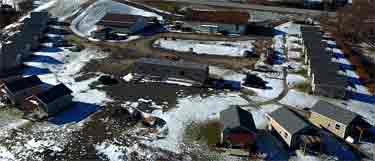

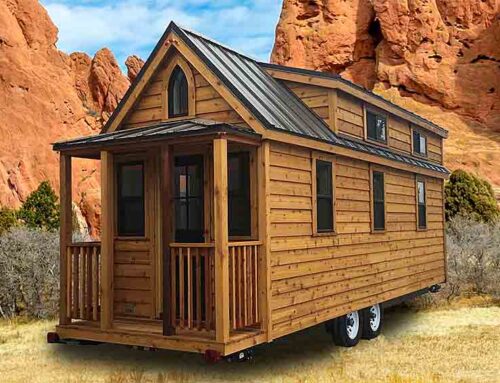
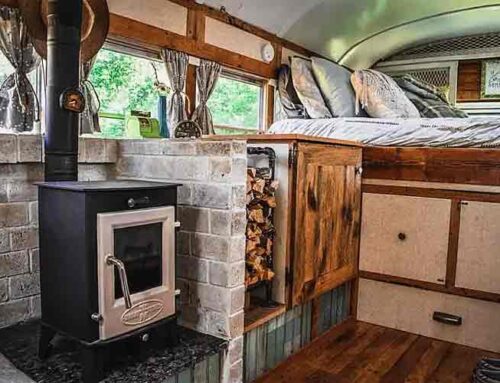
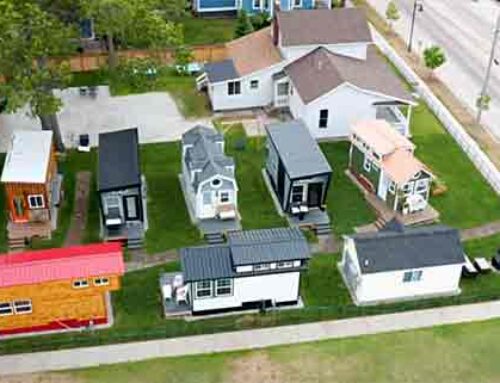
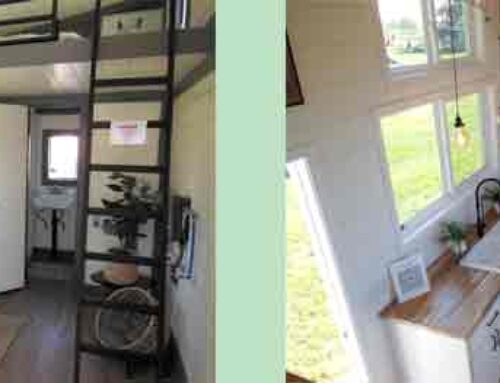
Great article with lots of good information. Thanks for posting.
Illinois is so expensive for housing we could use tiny homes being allowed in run down neighborhoods. In stead if having empty houses we would have neat little homes.
Hi Nancy. There are some towns offering what they call Homesteading which amounts to tax concessions and sometime free land if you build a house and live there. Moe about that at this blog post: https://tinylifeconsulting.com/homesteading-wishful-thinking-or-possibility/